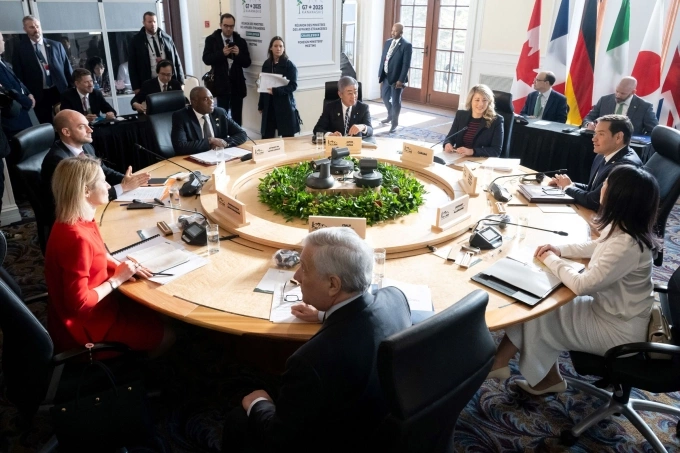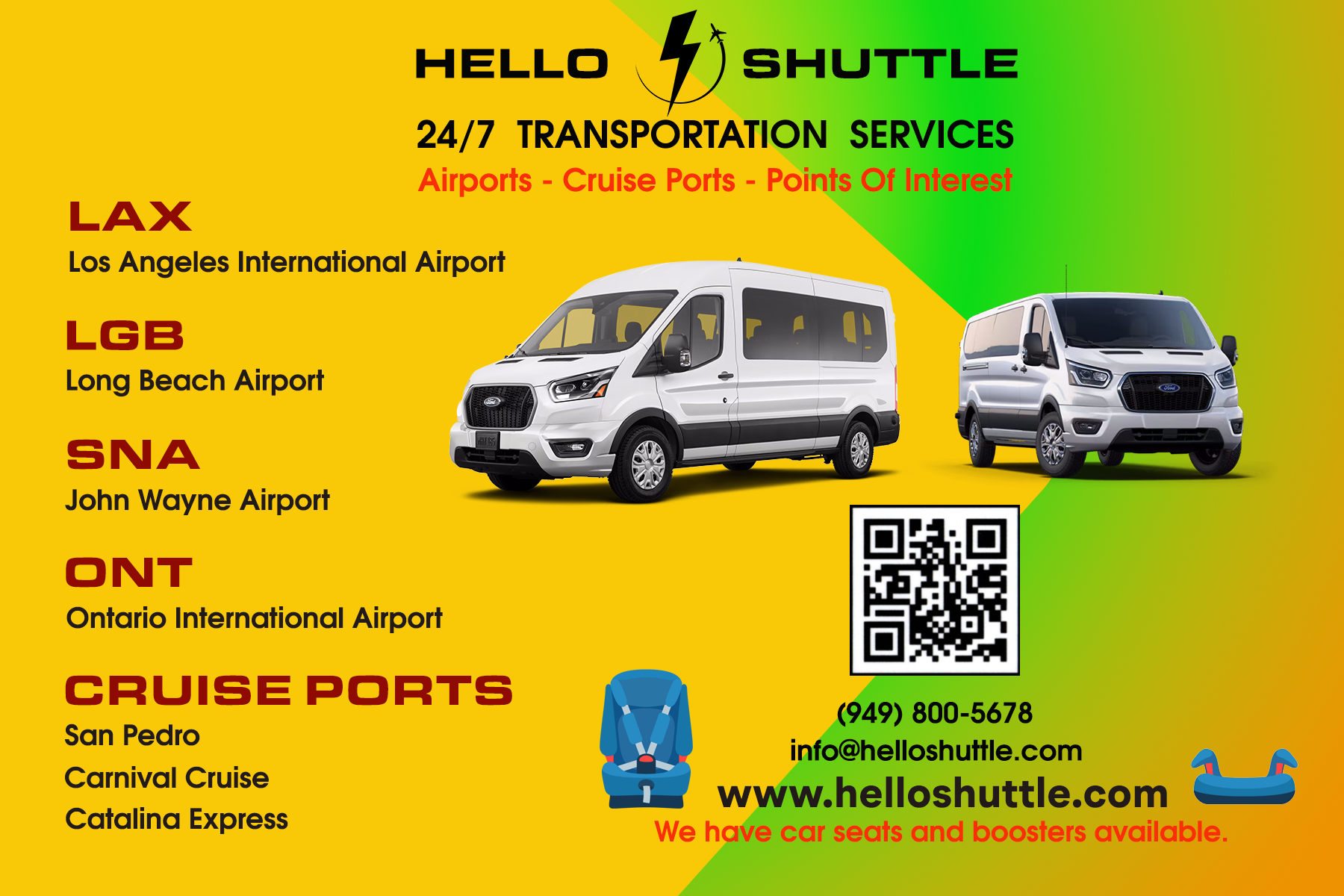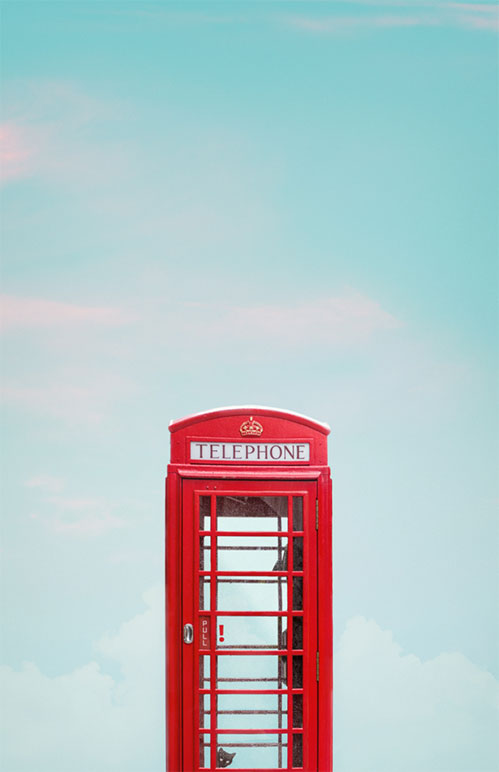
U.S.-Canada Tensions Cast Shadow Over G7 Summit
Tensions between the U.S. and Canada dominated discussions at the G7 Foreign Ministers' Summit, overshadowing broader global issues on the agenda.
Top diplomats from the U.S., U.K., France, Germany, Italy, Canada, Japan, and the European Union (EU) convened in La Malbaie, Quebec, from March 12-14, to discuss Ukraine, the Middle East, maritime security, and trade. However, strained U.S.-Canada relations—fueled by President Donald Trump’s trade policies and provocative remarks about Canada’s sovereignty—became an unexpected focal point.
U.S. Tariffs and Canada’s Sovereignty Under Fire
While all G7 members have faced Trump’s trade measures, Canada has borne the brunt of his pressure. The U.S. president has repeatedly floated the idea of Canada becoming the "51st state", a suggestion that has driven U.S.-Canada relations to their lowest point in decades.
This dynamic placed U.S. Secretary of State Marco Rubio—the first senior Trump administration official to visit Canada—in a difficult position. Rubio arrived fresh from negotiations with Ukraine in Saudi Arabia on March 11.
"We’re here to focus on G7 priorities. This is not a meeting about how we plan to take over Canada," Rubio joked while refueling in Ireland on his way to Canada.
However, his remarks did little to ease tensions.
"G7 will not discuss Trump's annexation remarks because Canada's sovereignty is not up for debate," Canadian Foreign Minister Mélanie Joly said before the summit. "If the U.S. can do this to us, their closest ally and friend, then no one is safe."
Joly said she would push for a coordinated response from Europe on U.S. tariffs, calling on allies to "put pressure on Washington."
Private U.S.-Canada Talks Yield No Public Statements
Joly and Rubio met privately on March 13, but made no public comments or issued a joint statement.
In her opening remarks, Joly emphasized the need to continue supporting Ukraine amid Russia’s invasion. However, the Trump administration’s evolving stance on Ukraine—prioritizing peace talks with Moscow while sidelining European allies—remained a key concern.
Rubio denied any shift in U.S. policy on Ukraine, but urged G7 members to avoid inflammatory language that could undermine Washington’s diplomacy with Moscow.
G7 ministers also confronted Rubio over Trump’s trade policies, his proposal to control the Panama Canal, and his revived push to purchase Greenland from Denmark. Some ministers warned that Trump’s economic isolationism could push allies closer to China.
Trump Dismisses Canada, Deepens Rift with Europe
Tensions escalated further when Trump doubled down on his comments about Canada, stating:
"Canada acts like just another U.S. state. We don’t need anything they have, and their border is just a meaningless, artificial line."
He also attacked Europe, calling the EU "hostile, abusive, and nasty" toward the U.S.
This unprecedented level of discord forced diplomats to work late into the night to finalize the summit’s joint statement—an unusual scenario for a G7 event, which typically concludes with broad consensus.
"Everyone held their positions, but not in an aggressive way," one diplomat said.
On March 14, G7 members agreed on a final communiqué covering Ukraine, the Middle East, Africa, and trade issues, with diplomats crediting Rubio for brokering the compromise.
However, Joly reignited tensions during the closing press conference, slamming Trump's remarks on Canada’s sovereignty.
"Canada’s sovereignty is not up for discussion. Period," she stated. "There is no reason to entertain such ideas. If you come here, you respect us, our sovereignty, and our people."
Canada’s New Leader Condemns U.S. Rhetoric
Joly left the summit early to attend the swearing-in ceremony of new Canadian Prime Minister Mark Carney in Ottawa.
In his first speech, Carney strongly rebuked Trump’s annexation rhetoric, calling it "absurd."
"We will never be part of the United States in any way, shape, or form," he declared.
(Sources: NBC News, Reuters, AFP)
Hello Shuttle will strive to bring the latest updates. At the end of the day.
Are you looking for reliable airport and cruise port transfer services in Los Angeles?
We offer professional, safe, and punctual transportation from
Los Angeles Airport - LAX
Long Beach Airport - LGB
John Wayne Airport - SNA
San Pedro cruise port
Long Beach cruise port
Disneyland
and other destinations.
Let us make your journey stress-free and comfortable with our dedicated drivers and high-quality vehicles. Book now for the perfect travel experience at www.helloshuttle.com or call 944-800-5678!


